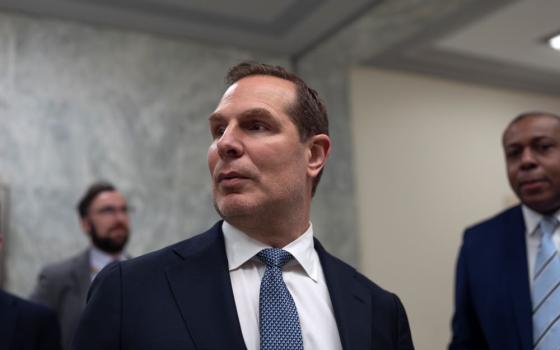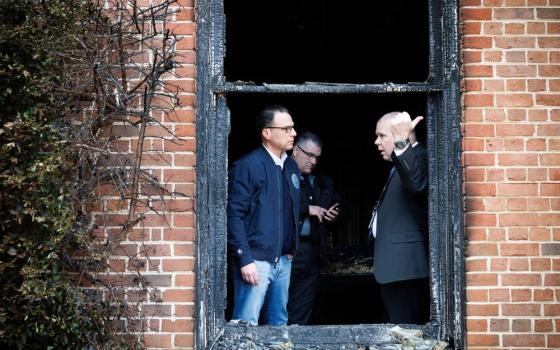The Catholic church has been deeply wounded by the abuse of minors by clergy and its cover-up. The personal tragedy of damaged individuals, lost lives and lost faith has been well-documented by NCR. The subsequent loss of trust in the institution has been documented here, too. But documentation about the actual financial cost of this crisis has been elusive.
With the publication of research by Jack Ruhl and Diane Ruhl, we have a dollar figure that we can pin on the crisis: $3.99 billion -- at least. The Ruhls call their numbers "solid" but also "a very conservative estimate."
Since 2004, the U.S. bishops' National Review Board and their office of Child and Youth Protection have issued annual reports that capture some of that data, but we were never convinced those told a complete story. As the story points out, data from the bishops is self-reported and unaudited, and cooperation with the reports has never been 100 percent, especially in the early years and especially from religious orders. The Ruhls believe they have identified a gap of nearly a billion dollars between what they found and what the bishops have reported.
Their research also turned up reports of documents destroyed and hidden costs of the crisis. How much, for example, have bishops spent through their various state Catholic conferences lobbying against extending statute of limitations laws in childhood sex abuse cases? Those kinds of figures are nearly impossible to find.
One cannot help but wonder how many homeless people have not been housed and how many hungry people have not been fed because of this crisis.
Jack Ruhl, who teaches accounting, also notes that it's impossible to calculate the "opportunity costs incurred" as diocesan leadership turned their attention to these matters instead of tending the flock. Schools and parishes have been closed, ministries shuttered, staff laid off and education programs stopped.
The Ruhls' research coupled with the work of Nicolas L. Bottan and Ricardo Perez-Truglia shows the deep and lasting damage the abuse crisis has cost us: not just $3.99 billion in direct payouts, but a loss in charitable giving of $2.36 billion a year over the 30-year* period Bottan and Perez-Truglia studied.
They also found a 23 percent decline in Catholic school enrollment and a 9 percent to 14 percent decline in church affiliation. Some church leaders have said drops in donations and church attendance were short-term followed by recovery. Bottan and Perez-Truglia found this not to be true, instead reporting: "These effects are long-lasting, meaning that even 10 years after the scandals took place we do not see any recovery."
So much has been squandered. Some dioceses will say that settlements and judgments have not touched operating budgets. We've estimated that only about a third of the known costs have been covered by insurance policies. Much of the remainder has been paid by selling off property and other investments held by diocese and religious orders.
All of this, at some time, belonged to laypeople who entrusted their goods and property to the church to do the work of the church. Not only was the money squandered, but so was that trust.
The church has burned through $3.99 billion since this crisis began. That money will never be replaced. The institutional church has made great strides in recent years in stemming the incidents of sexual abuse by its clergy. The next step is to rebuild the trust of its people. A major step in that regard is working toward complete financial transparency at the diocesan level.
*An earlier version of this editorial had a typographical error for the time span of period Bottan and Perez-Truglia studied. The period they studied was rom 1980 to 2010.



